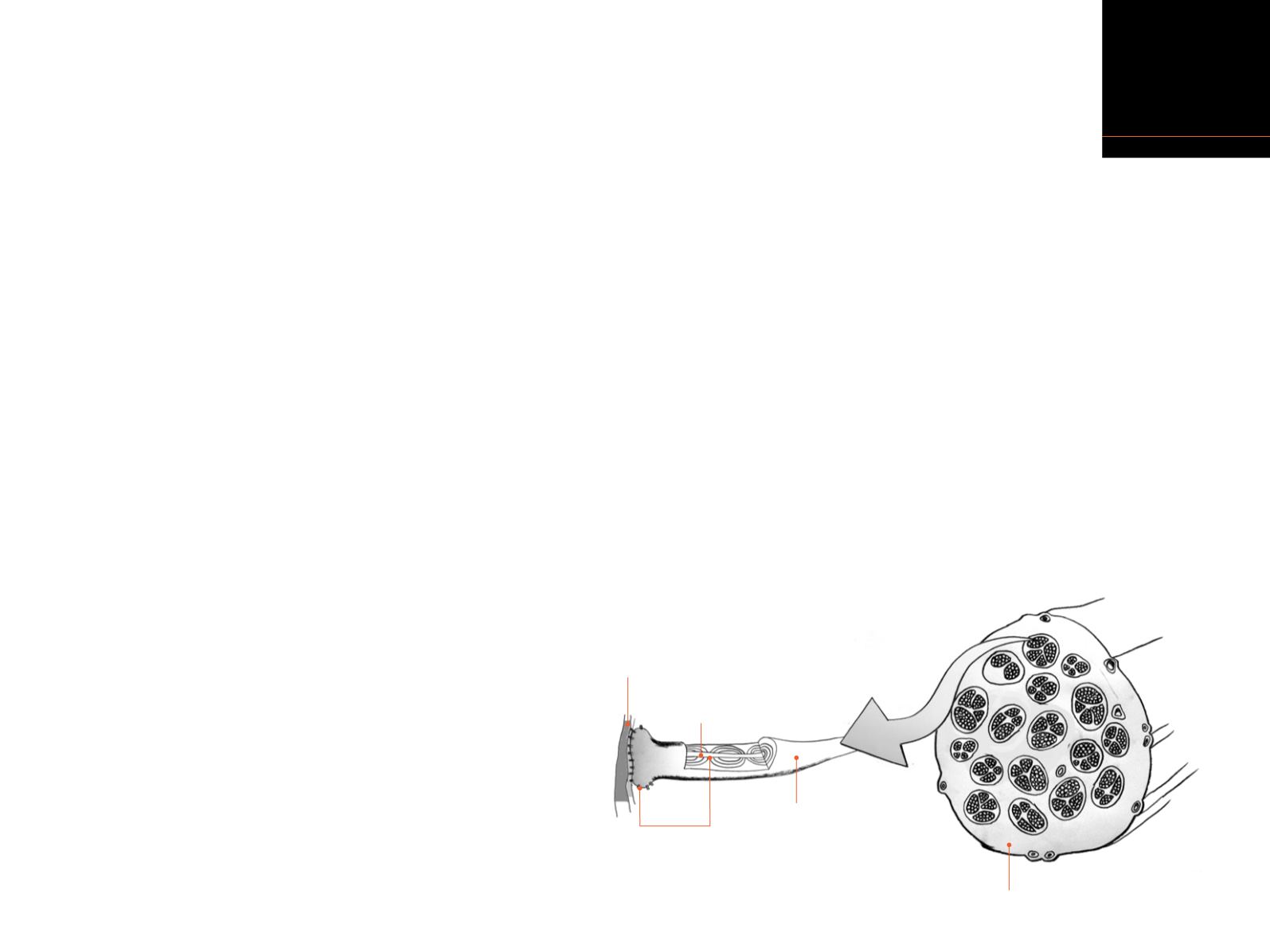
explain
pain
3
section
61
page
Helpful nerve knowledge
1.
The ligament part of a nerve has danger sensors
in it just like any ligament in the body.
2.
The neurones in a nerve can be a real source of
dangermessages and a contributor to pain. This is
due to an increase in the number of sensors at a
damage site. Some of these sensorsmay be
activated bymechanical stimuli, some by lack of
blood, and some by stress chemicals. If there are
enough sensors open the damaged area of nerve
can ‘ignite’ and send dangermessages.
3.
If a nerve is injured and your brain computes
(rightly or wrongly) that more sensitivity is
required for your survival, more stress sensors
may bemade by the DNA in the neurone and put
into the nervemembrane. Thismeans that various
stress statesmay contribute to nerve
sensitivity.
97-99
4.
Nerves can be injured by cutting, toomuch
squeezing and pulling, by irritating chemicals
around the nerve, and by sustained reduction in
blood supply.
100
5.
All around the body, nerves slide as youmove.
Injury or problems (for example carpal tunnel
syndrome) whichmay alter thismovement may
lead to painwhen youmove.
101,102
More
mechanical sensorsmay be opened. Nerves love
the freedom tomove – exercises such as yoga and
tai chi get the nervesmoving.
6.
Nerves change appearance with age. They can
become a little thinner or, in areas where they
needmore protection or where they rub a bit, for
example at the wrist, they can become thickened.
Whilst changes in the bones and jointsmay not
hurt, changes in nerves do have tomean pain.
7.
All the fancy scans and conduction tests in the
worldmay not necessarily identify a damaged
nerve, but minor nerve problems can be very
troublesome. They are usually sensitive to
mechanical forces such as pressure or stretch.
8.
Sometimes nerves can be injured but not create
dangermessages for days or weeks. This is
because slightly different alarm systems can be
activatedwhen nerves are damaged.
skin
neurone
sensors
axon
ligament tissue
N
E
R
V
E


